DSL internet providers
Digital Subscriber Line (DSL) internet powers your home or business through a copper phone line. Hence, the nickname Copper is used when referring to DSL. It is still available in 80% of the U.S.
Related pages
-
Featured
![30% of Americans say their internet is too slow. Here’s how to fix it]() 30% of Americans say their internet is too slow. Here’s how to fix it Joe Supan — 4 min read
30% of Americans say their internet is too slow. Here’s how to fix it Joe Supan — 4 min read -
Featured
![Want to save money on your cable and internet bills? Our insiders show you how]() Want to save money on your cable and internet bills? Our insiders show you how Samantha Cossick — 6 min read
Want to save money on your cable and internet bills? Our insiders show you how Samantha Cossick — 6 min read -
Featured
![What is a good internet speed?]() What is a good internet speed? Camryn Smith — 7 min read
What is a good internet speed? Camryn Smith — 7 min read
Latest
-
Friday, December 13, 2024
How to self-install internet to save moneyCamryn Smith — 3 min read
-
Friday, December 13, 2024
How to know if someone is stealing your internetRobin Layton — 3 min read
-
Friday, December 13, 2024
Signs you’ve been hacked and how to prevent hackingRobin Layton — 4 min read

Subscribe to our weekly newsletter for internet news and promos
By subscribing, you agree to receive Allconnect newsletter and promotional emails. Your privacy is important to us.










